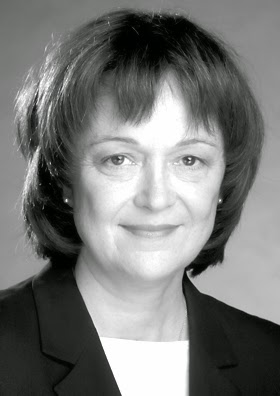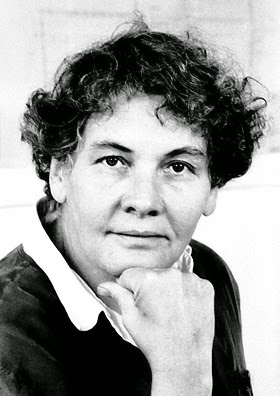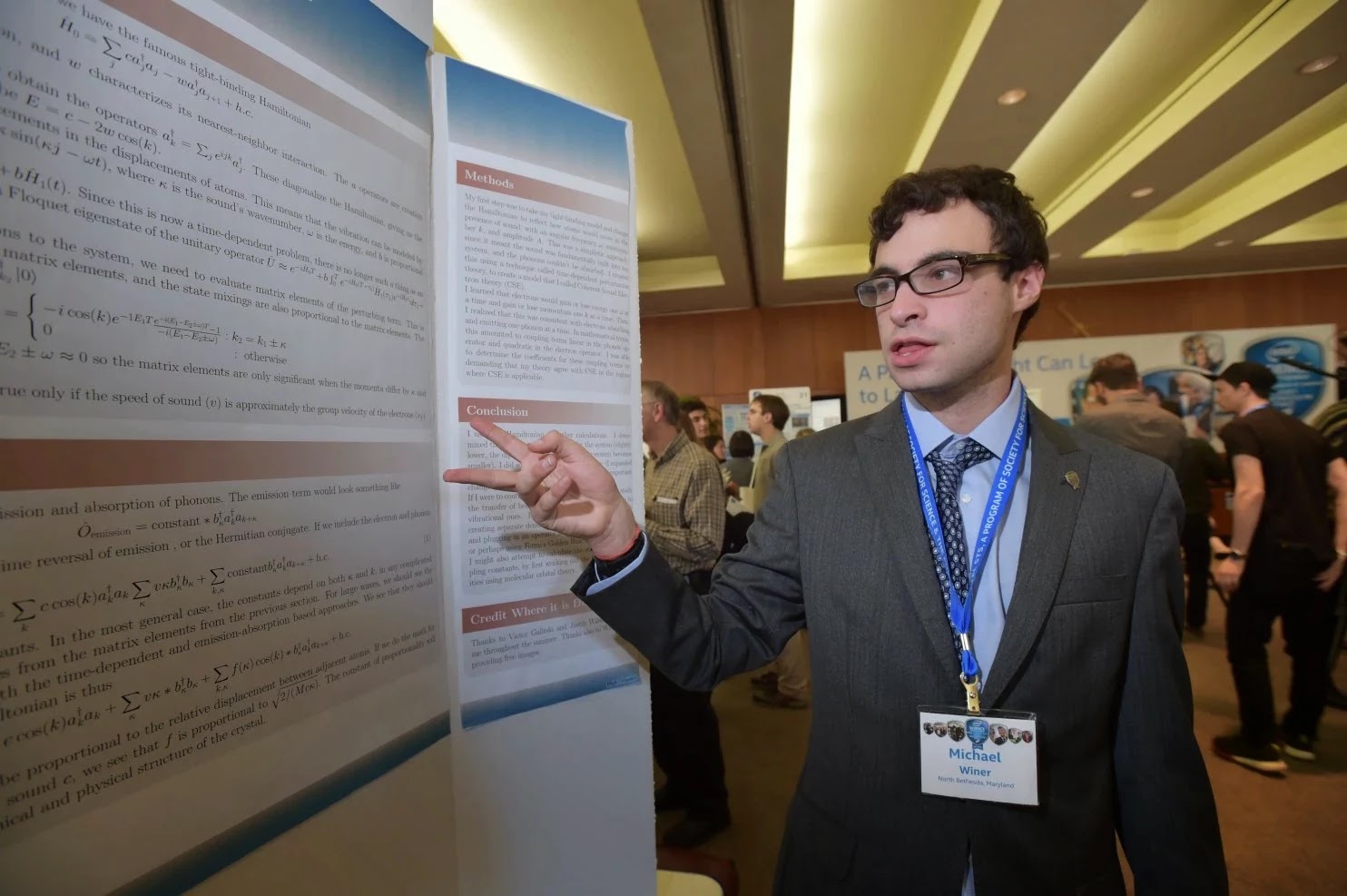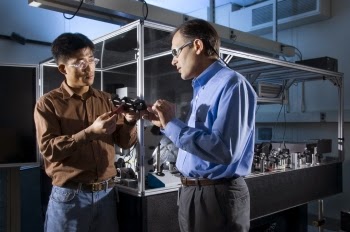 |
| Image Source: NobelPrize.org |
Topics: Biology, Diversity, Diversity in Science, Genetics, Neurophysiology, Women in Science
The Nobel Prize in Physiology or Medicine 2004
Born: 29 January 1947, Seattle, WA, USA
Affiliation at the time of the award: Fred Hutchinson Cancer Research Center, Seattle, WA, USA
Prize motivation: "for their discoveries of odorant receptors and the organization of the olfactory system"
Field: genetics, neurophysiology
Prize share: Richard Axel
Richard Axel and Linda B. Buck "for their discoveries of odorant receptors and the organization of the olfactory system"
I was surrounded by mountains, forests, and the sea. My mother was the daughter of Swedish immigrants who had come to the US in the late nineteenth century while my father's family had Irish roots on one side and ancestors extending back to the American Revolution on the other. I was the second of three children, all girls. My mother was a homemaker who was exceptionally kind and witty and loved word puzzles. My father was an electrical engineer who, at home, spent much of his time inventing things and building them in our basement. It may be that my parents' interest in puzzles and inventions planted the seeds for my future affinity for science, but I never imagined as a child that I would someday be a scientist.
During my childhood, I did the things that girls often do, such as playing with dolls. I was also curious and easily bored though, so I frequently embarked on what were to me new adventures. Aside from school and music lessons, my life was relatively unstructured and I was given considerable independence. I learned to appreciate music and beauty from my mother and my father taught me how to use power tools and build things. I spent a lot of time with my maternal grandmother, who told me magical stories about her girlhood in Sweden and, to my delight, taught me how to sew clothes for my dolls. I was fortunate to have wonderfully supportive parents who told me that I had the ability to do anything I wanted with my life. They taught me to think independently and to be critical of my own ideas, and they urged me to do something worthwhile with my life, in my mother's words, to "not settle for something mediocre". I realize now that I internalized those lessons and that they have influenced my work as a scientist.
"Linda B. Buck - Facts". Nobelprize.org. Nobel Media AB 2014. Web. 16 Mar 2015. http://www.nobelprize.org/nobel_prizes/medicine/laureates/2004/buck-facts.html












